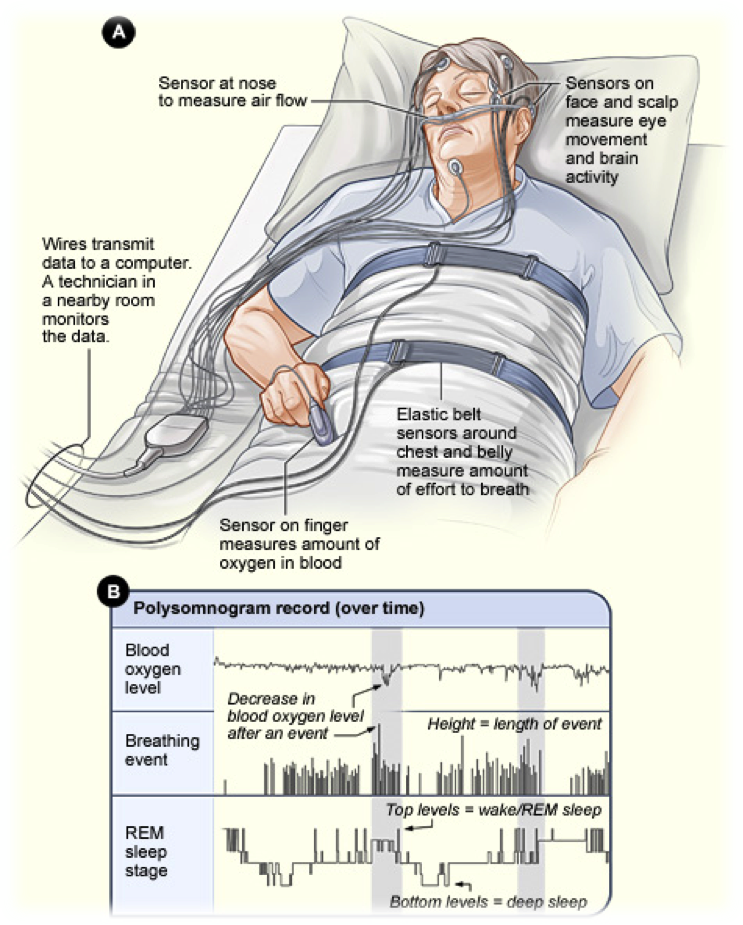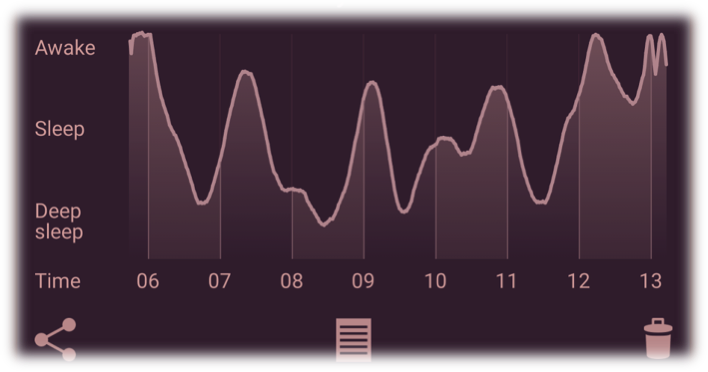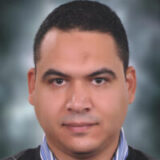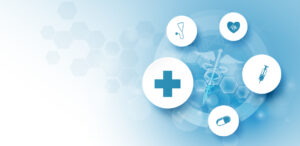
Few weeks ago, I received an invitation for a written-interview from a software development company including 30 questions.
Some questions appeared to be totally bizarre or uncommon for me. They were different from the traditional questions like “where you see yourself after five years?”.
They asked whether I use any Pomodoro applications to arrange my life or not. The word was unknown to me. By checking google translate, I realized that it is an Italian word means tomato and then by checking the Wikipedia, I realized that it is a time management method developed by Francesco Cirillo in the late 1980s. The technique uses a timer to break down work into intervals, traditionally 25 minutes in length, separated by short breaks.
Another question asked whether I use any application to improve my sleep quality (like F.Lux) application (cell phone application to remove bright blue colours from your phone to help you wind down at night).
The most exciting part was a question asking whether I use called Sleep Cycle application or not. It was my first time to hear about it. I downloaded the application to my cell phone, used it for few days and then I completed my answers for the interview with “Oh yes, I use it and I like it very much!”. I really used it and I liked it very much. It comprises a smart alarm where it rings at the best time which keeps your body in its best state. It will ring only in the lightest sleeping phase which was proven to be the best time to wake up.
I forgot to tell you that the question asked to attach the graph generated by the application analyzing my sleeping cycle.

The above graph (Figure 2) is mine. From this experience, I learnt two new things; the first is that software companies and recruitment agencies have gone beyond the traditional recruitment interviews we are used to. They started to go deeper; analyzing your mind, your lifestyle, your time management techniques and the most important thing is your sleep. I believe they are right; no employee can be productive for a software company without a good sleep the night before. Problem analysis, problem-solving, good decisions and complex programming codes cannot be done without being well-relaxed.
The New York Times published many articles concerning the importance of sleep tracking, sleep data and sleep tracking applications (like Sleepbot, eSleep, and Sleep Cycle).
The New York Times also reported that, in the United States, insomnia causes a loss in productivity estimated by $63.2 billion. This figure is a strong motive for any country to dedicate a huge budget for sleep research and considering sleep data a treasure where it can be used to solve sleep disorders.
Not only The New York Times was concerned with the relation between big data analytics and sleep medicine, but also Fortune published an important article discussing the hot topic.
On the other side, with a closer view to the research networks on the social media (like LinkedIn), I can see on my network tens of scientists working in sleep medicine research centres.
Some of them are working on the relation of sleep disorders and quality of life, lifestyle and behaviours in general, some working on the correlation between sleep disorders and physical/dental/oral problems.
A positive correlation between quality of sleep and the following disorders is well documented:
- Teeth grinding during sleep (Bruxism)
- TMJ troubles
- Snoring
- Sleep apnea
- Headache
- Neuropathic pain
- Myofascial pain
Analyzing sleep data is part of any research related to the previous disorders. Gathering different information about the patients’ sleep cycle led to the development of successful appliances that could decrease snoring, TMJ pain, myofascial pain, headache and many other sleep disorders.
Good deep sleep lifecycles mean better concentration, fewer faults in work, and accordingly better relations with your boss. Moreover, less snoring could lead to better relations with your wife.
Analyzing sleep data and trying to solve the problems evolved from analyzing this data, could lead to a better and happier world.
Bhutan is known for being the happiest country in the world, although most citizens do not have smartphones or maybe do not have access to the internet. However, according to national surveys, two-thirds of the citizens have at least complete 8 hours of sleep per night. Therefore, those people are happy and productive with a good overall health. They are becoming among the fastest growing GDP in the world.
Huge budgets are being dedicated everywhere for mental health. In September 2017, Public Health Agency of Canada has declared that 1 in 3 Canadians is expected to experience a mental illness or substance use disorder in their lifetime. It is well known that patients suffering mental illness need sleep monitoring and tracing.
On LinkedIn, I can find among my network scientists, researchers, dentists working at:
Craniofacial Pain & Dental Sleep Center of Georgia
Brampton Sleep Clinic: Brampton Sleep Disorders Centre
Sleep Disorders Dentistry: Sleep Disorders Dentistry Research and Learning Centre
Dental Sleep Masters
American Academy of Dental Sleep Medicine
Definitely, there are much more, but those were only what I could get from my network.
Healthcare research databases can be a strong evidence of the importance of big data to achieve sleep medicine research goals. Here is a nice research on the Pubmed that could be considered a good example for this.
The Japan Science and Technology Agency (JST) also published a very important article about “Big Data in Sleep Research”. JST do 2 types of research; one related to genomes, and the other is concerned with analyzing the annual medical check data coming from hospitals or workplaces.
The good news for sleep data researchers is that J-STAGE (electronic journal platform for science and technology information in Japan) makes user data, basic statistics, site access data, and user satisfaction data, public. So, you can obtain and share data much easier.
Data resulting from tracking every night’s sleep for every person (timing for deep phases and light phases of sleep, wearing appliances or not, snoring or not, having difficulties with breathing or not) could be so huge and rapidly increase.
I expect that, in a couple of years, this will be the fastest growing and most valuable type of data. (especially for sleep medicine research centres and probably for recruitment agencies).
Oh, by the way, I forgot to tell you that the software company which invited me for the interview never called again. It seems that my sleeping graph was so horrible!
Innovations like generative AI in healthcare and healthcare chatbot technology are helping improve the cost, access, and quality balance in ambulatory healthcare services





























